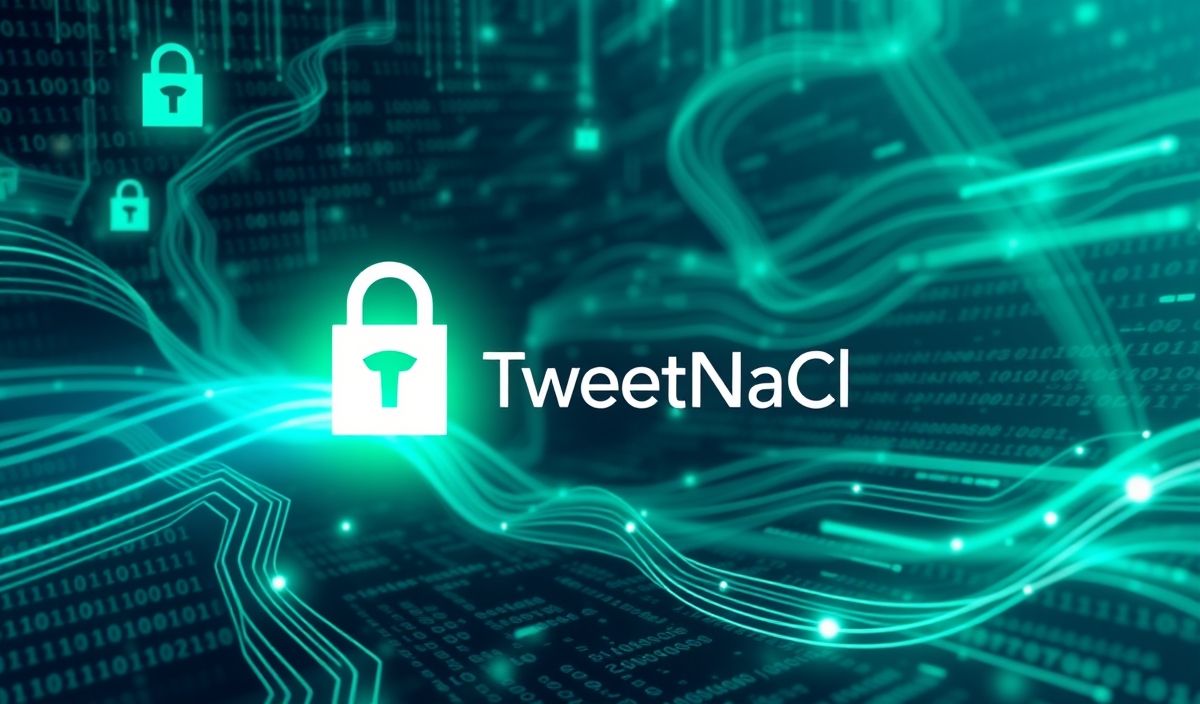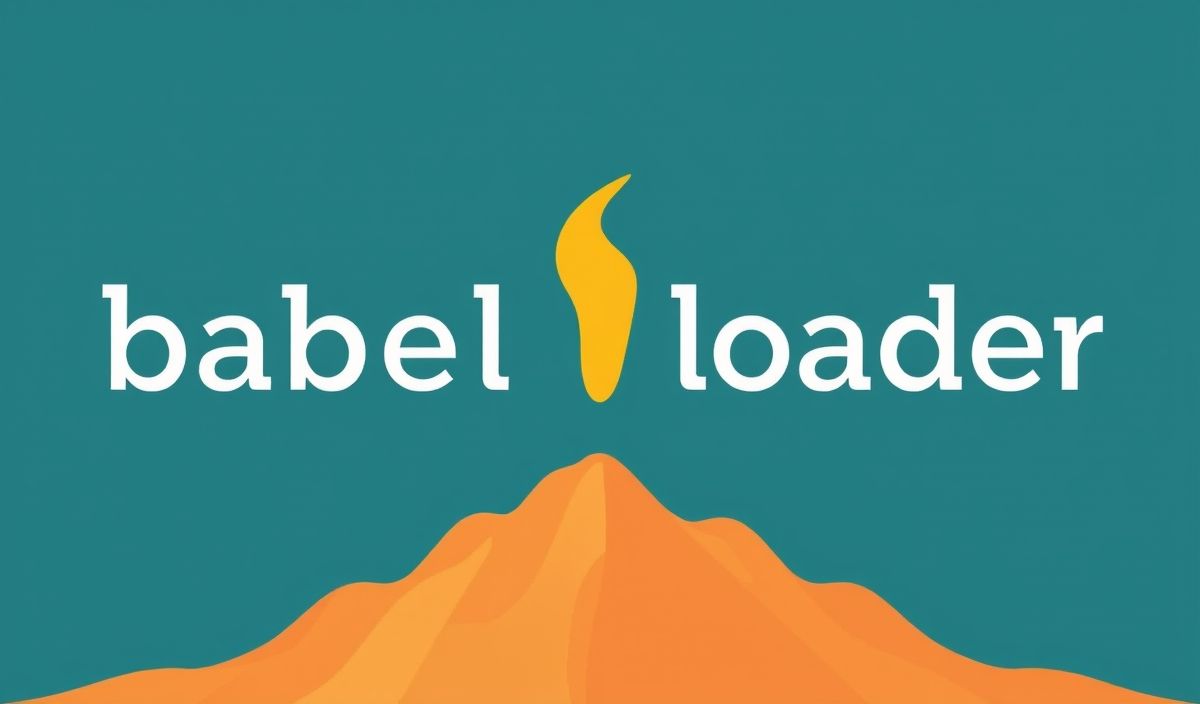Introduction to TweetNaCl
TweetNaCl is a minimalistic cryptography library written in JavaScript that provides highly efficient, secure, and easy-to-use cryptographic functions. Whether you need to encrypt, decrypt, sign, or verify messages, TweetNaCl has got you covered. In this blog post, we will walk through dozens of useful APIs provided by TweetNaCl along with code snippets. We’ll also demonstrate a simple application example using these APIs.
Getting Started
First, you need to install the TweetNaCl library. Use the following npm command:
npm install tweetnacl
API Examples
1. Generating Key Pairs
Use nacl.box.keyPair() to generate a key pair for encryption:
const nacl = require('tweetnacl'); nacl.util = require('tweetnacl-util');
const keyPair = nacl.box.keyPair(); console.log('Public Key:', nacl.util.encodeBase64(keyPair.publicKey)); console.log('Secret Key:', nacl.util.encodeBase64(keyPair.secretKey));
2. Encrypting a Message
Use nacl.box to encrypt a message:
const message = nacl.util.decodeUTF8('Hello, world!'); const nonce = nacl.randomBytes(nacl.box.nonceLength); const encryptedMessage = nacl.box(message, nonce, keyPair.publicKey, keyPair.secretKey); console.log('Encrypted Message:', nacl.util.encodeBase64(encryptedMessage));
3. Decrypting a Message
Use nacl.box.open to decrypt a message:
const decryptedMessage = nacl.box.open(encryptedMessage, nonce, keyPair.publicKey, keyPair.secretKey); console.log('Decrypted Message:', nacl.util.encodeUTF8(decryptedMessage));
4. Signing a Message
Use nacl.sign to sign a message:
const keyPairSign = nacl.sign.keyPair(); const signedMessage = nacl.sign(message, keyPairSign.secretKey); console.log('Signed Message:', nacl.util.encodeBase64(signedMessage));
5. Verifying a Signed Message
Use nacl.sign.open to verify a signed message:
const verifiedMessage = nacl.sign.open(signedMessage, keyPairSign.publicKey); console.log('Verified Message:', nacl.util.encodeUTF8(verifiedMessage));
Application Example
Now let’s build a simple application example using the above APIs. This example will demonstrate a secure message transfer between two users.
// Generate key pairs for two users const aliceKeyPair = nacl.box.keyPair(); const bobKeyPair = nacl.box.keyPair();
// Alice encrypts a message for Bob const messageFromAlice = nacl.util.decodeUTF8('Hi Bob, this is Alice!'); const nonceForBob = nacl.randomBytes(nacl.box.nonceLength); const encryptedMessageForBob = nacl.box(messageFromAlice, nonceForBob, bobKeyPair.publicKey, aliceKeyPair.secretKey);
// Bob decrypts the message from Alice const decryptedMessageFromAlice = nacl.box.open(encryptedMessageForBob, nonceForBob, aliceKeyPair.publicKey, bobKeyPair.secretKey); console.log('Message from Alice:', nacl.util.encodeUTF8(decryptedMessageFromAlice));
This simple application demonstrates how TweetNaCl can be used to securely transmit messages between users with encryption and decryption.
Hash: 5eff98143686840af6c3f6106a1aca56c2550e5b8e0cab466a498fc324eec636




